Streety McCarface
Senior Member
That must cost a fortune in heating elements and electricity. The specific heat of ice is very high.
That must cost a fortune in heating elements and electricity. The specific heat of ice is very high.
One patch of trees I noticed recently doing really well is the section right next to Maple Leaf Square along York St. I think what's helping is that they are protected by a stone border which might keep some of the salt and snow from entering the beds.
After the initial disasters on Spadina, trees there are now actually able to change the personality of an otherwise barren view. As to how long the present plantings live remains to be seen.Yes! Just walked by these trees this past weekend and commented that it so rare to find trees like this on downtown streets. The only other spot I can think of where new trees have thrived is down by Sugar Beach and the promenade there.
Yes! Just walked by these trees this past weekend and commented that it so rare to find trees like this on downtown streets. The only other spot I can think of where new trees have thrived is down by Sugar Beach and the promenade there.
After the initial disasters on Spadina, trees there are now actually able to change the personality of an otherwise barren view. As to how long the present plantings live remains to be seen.
It's a known issue in many cities. Even Guelph (a city that claims to be Greener than Thou) had to face up to the '13 year life span' of *most* trees on main thoroughfares.Why can't we get trees right in this city
One patch of trees I noticed recently doing really well is the section right next to Maple Leaf Square along York St. I think what's helping is that they are protected by a stone border which might keep some of the salt and snow from entering the beds.
Why can't we get trees right in this city
One thing I see chronically is the City (and other cities) cutting grass way too short, in effect, killing it (albeit the roots somehow survive in many cases).Hmm, I'm going to add something here.
For those of you who take a keen interest in the public realm.
If you're following a project in your neighbourhood or around where you work, a streetscape project/sidewalk reconstruction etc., and you're either not sure about the design or deeply concerned (in respect of trees), post the details and any links you have here at UT, tag me, I will look through them and give you an informed opinion.
If I think there's a problem I will tell you, publicly, what that is, what solutions or alternate choices might be better, so you can go lobby Parks, the developer, transportation and/or councillor and have the facts at your disposal.
Away from UT I can't lobby for everything, everywhere, but nothing says I can't help those of you who care do so, more effectively.

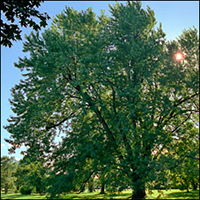
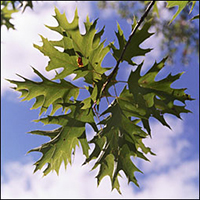
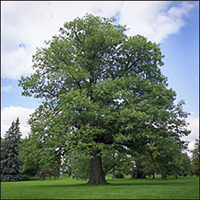
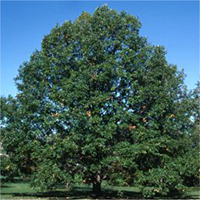
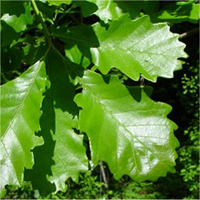




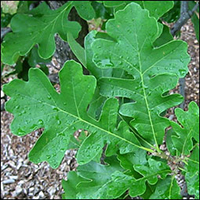

I see a lot of what I presume to be honey locust in the city, and they do very little for the public realm -- they tend to be weedy, and the leaves don't provide much in the way of shade compared to a lot of other species in us in the city.